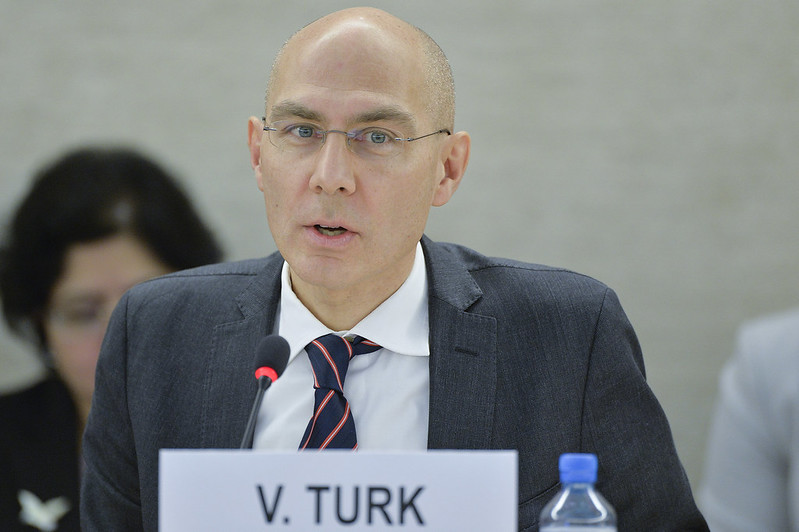After three o’clock in the afternoon, Colombia’s first leftist president was sworn in before Roy Barreras, president of the Senate. He did so amid the enthusiasm of millions of Colombians who watched the ceremony on television and about 100,000 who packed Bogota’s Plaza de Bolívar, the site of the ceremony, and nearby squares.
Alongside Petros, Francia Márquez was sworn in as vice president, the first Afro-Colombian woman to hold that position in Colombia.
The day was full of symbols. The first was the call for ordinary people to gather in the center of Bogotá to witness this historic event, surrounded by a wide cultural display of Colombian diversity. In addition, at least a hundred cities held cultural activities and watched the broadcast of the change of government on giant screens.
Second, Senator María José Pizarro put the presidential sash on Petros. She is the daughter of Carlos Pizarro, commander of the M-19 guerrilla group killed in 1990 when he was a presidential candidate. By then, that armed group had signed the peace agreement and was advancing to the constitutional assembly that reformed the National Constitution in 1991. Petro was part of that group and since then began to participate in political life within the institutional framework.
The third symbol was the decision of Petro, now president, to order the army to immediately remove a sword belonging to Simón Bolívar, the Liberator, which was in the Casa de Nariño, the seat of government, and take it to the square. The outgoing president, Iván Duque, had denied removing the sword, which in the 1970s gained notoriety because M-19 stole it from a museum when it announced its creation as an armed group. It returned to the hands of the state when the former guerrillas returned it after signing their peace agreement. Petro’s order halted the ceremony, which included his first speech as president, for about 20 minutes.
The fourth symbol consisted of Petros’ direct invitation to his investiture to ordinary people from different regions of the country, such as a street sweeper, a coffee farmer, and a fisherman. He even mentioned them by name at the beginning of his speech along with the King of Spain, the presidents of Chile, Argentina, Honduras and Ecuador, among others and high officials from the United States and other countries.
In his speech, Petro referred to what his international policy will be, the change in the war against drugs and the integration of Latin America. And he referred to the central themes that he classified as his 10 commitments for the next four years: final peace; attention to the elderly, children, the marginalized and the disabled; governance with and for women; dialogue without exceptions or exceptions; governors for the regions; seeking solutions to violence; not tolerating corruption; protection of natural resources; the development of the national industry, the popular economy and the rural sector and the implementation of the Constitution.


